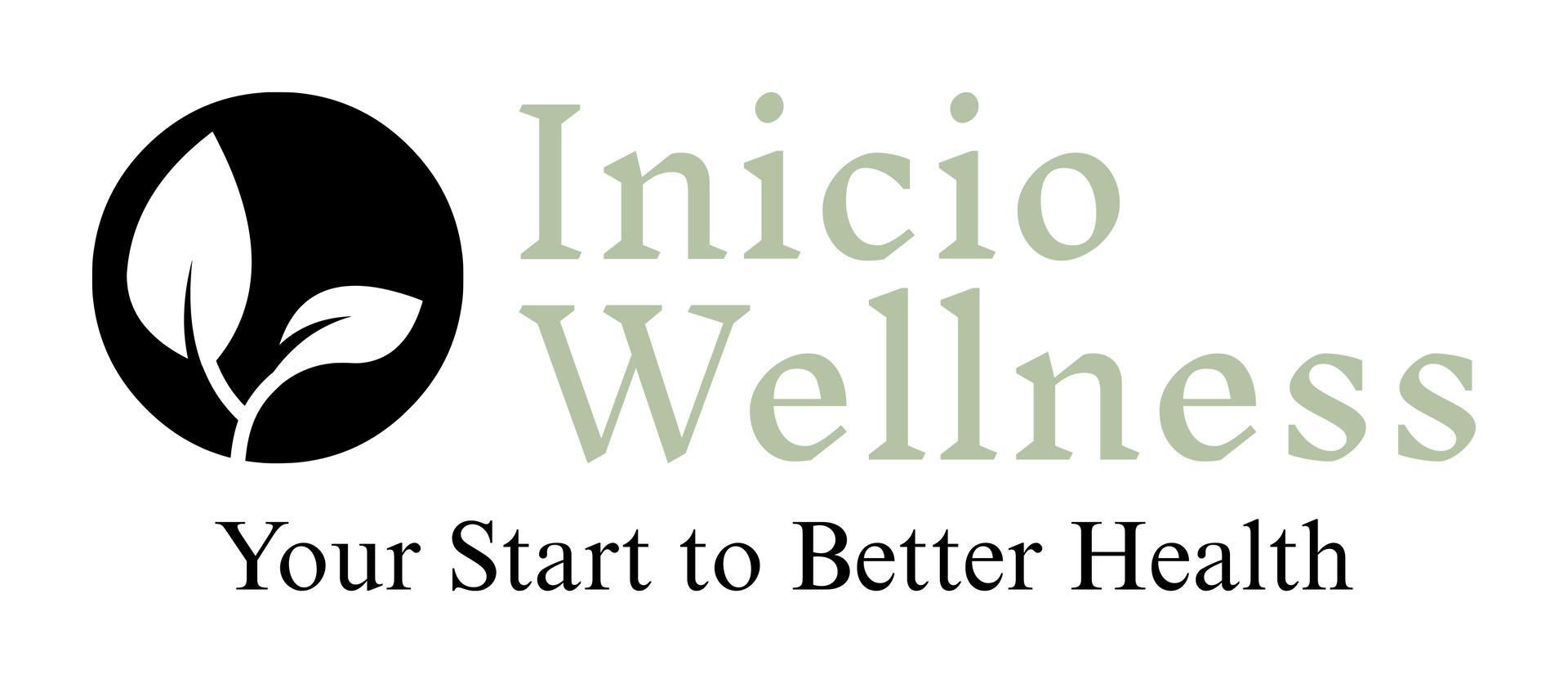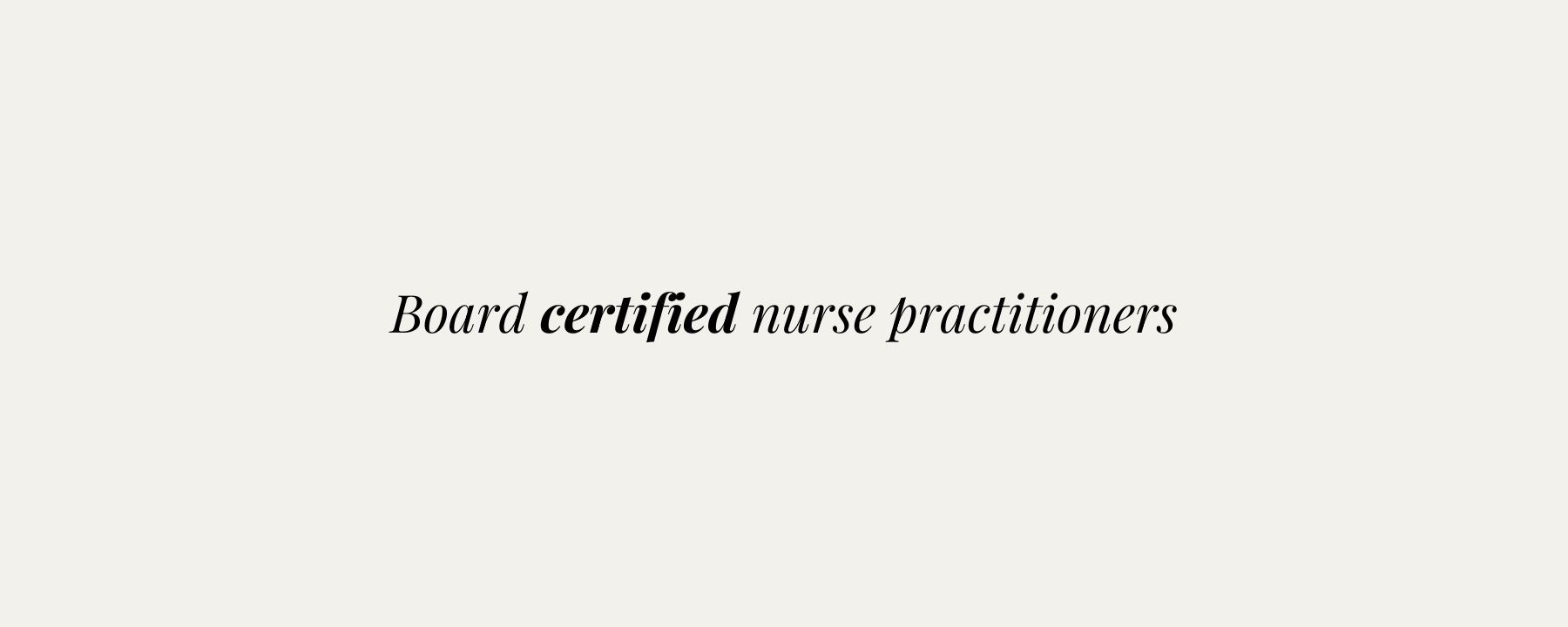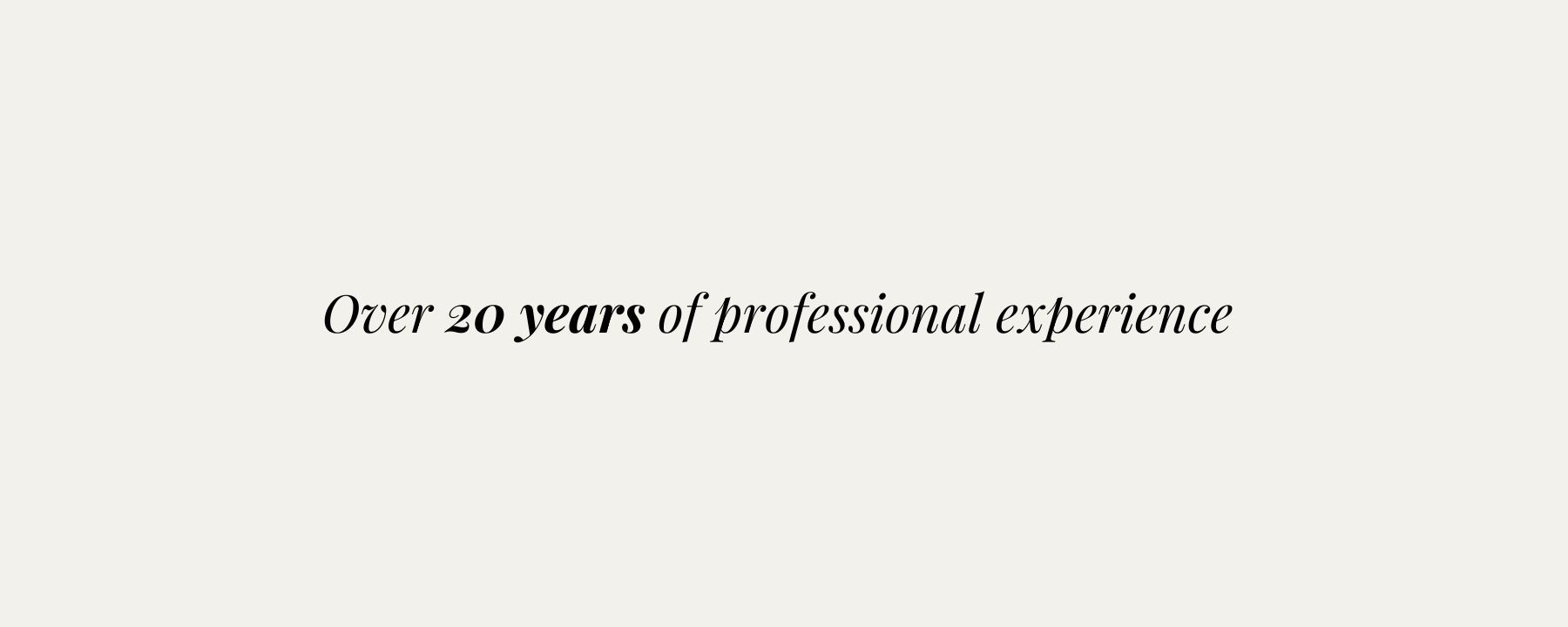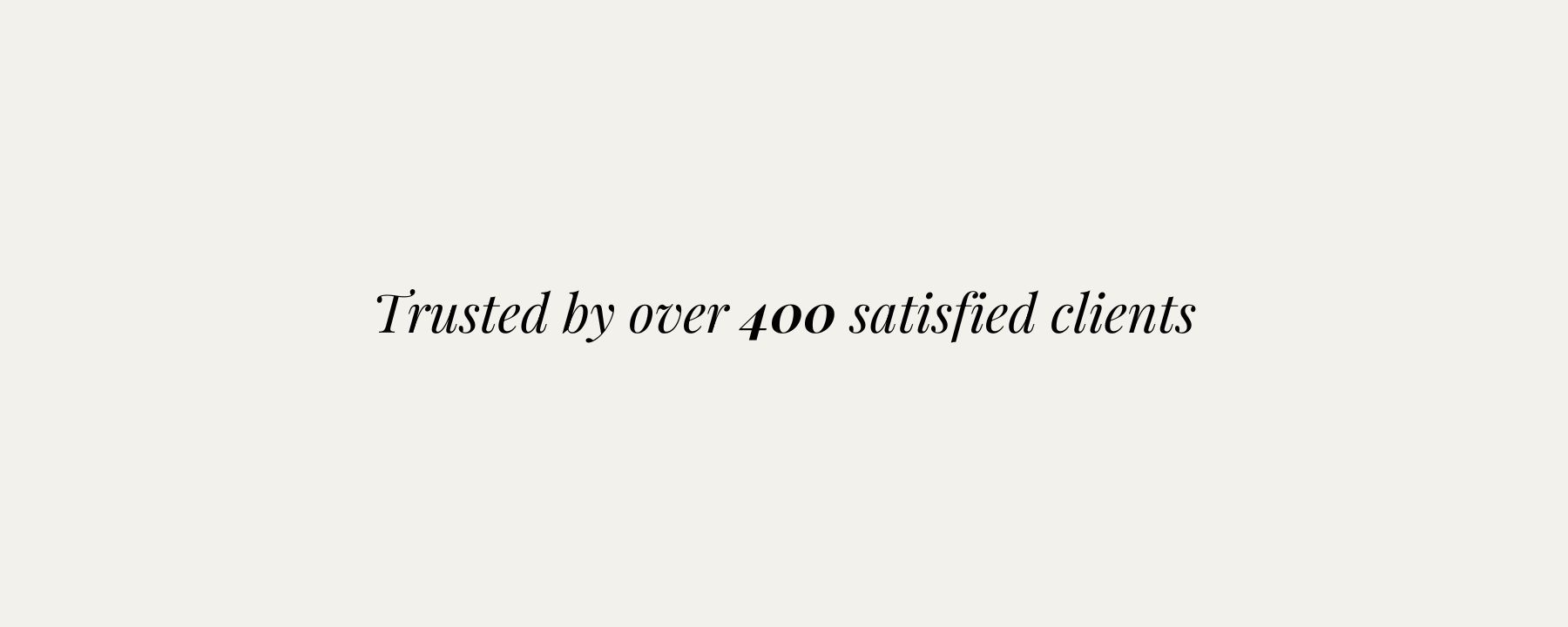Everything You Need to Know about Dermal Fillers for Nasolabial Folds
Are nasolabial folds causing you concern? We've got you covered. In this article, we will take a deep dive into the world of dermal fillers and how they can help smooth away wrinkles in the nasolabial area. Whether you're well-versed in the world of cosmetic treatments or just starting your research, this comprehensive guide will provide you with everything you need to know.
Dermal fillers have gained immense popularity in recent years as a non-invasive solution for combating the signs of aging. By injecting a gel-like substance into the skin, these fillers can plump up sagging skin, reduce the appearance of wrinkles, and restore a youthful complexion.
Say goodbye to pesky nasolabial folds and hello to a smoother, more youthful appearance. Let's dive in and discover the wonderful world of dermal fillers or schedule a consultation today to learn how dermal fillers can work for you.
What are nasolabial folds and why do they form?
Nasolabial folds, often referred to as "smile lines" or "laugh lines," are the creases that extend from the sides of the nose to the corners of the mouth. These prominent lines are a natural part of human anatomy, playing a role in facial expressiveness. However, as we age, they can become more pronounced, leading many to seek ways to soften their appearance. Understanding why these folds form is essential in addressing them effectively.
The primary cause of nasolabial folds is the natural aging process. As we grow older, our skin loses collagen, elastin, and hyaluronic acid—key components that maintain skin's structure and hydration. This loss results in decreased skin elasticity and volume, causing the tissues around the mouth to sag. Environmental factors, such as sun exposure and smoking, can accelerate this process, deepening the folds and contributing to an aged appearance. Nasolabial folds are becoming a concern for you? book an appointment to discuss personalized treatment options.
Additionally, facial expressions play a significant role in the development of nasolabial folds. Repeated movements, like smiling or frowning, create dynamic wrinkles that, over time, can become static. Genetics also play a part; some individuals may be predisposed to more pronounced nasolabial folds due to their family history. Consequently, understanding these factors can help individuals make informed decisions about addressing their appearance through treatments like dermal fillers.
Understanding the role of dermal fillers in treating nasolabial folds
Dermal fillers serve as a non-invasive solution for reducing the appearance of nasolabial folds. They work by injecting a gel-like substance into the skin, effectively adding volume and smoothing out the creases. The primary mechanism behind this is the restoration of lost facial volume, which can lead to a more youthful and rejuvenated appearance. This approach addresses the root causes of the folds rather than merely masking them.
The key ingredient in many dermal fillers is hyaluronic acid, a naturally occurring substance in the body that attracts and retains moisture. When injected, fillers provide immediate volume and hydration, plumping the skin and diminishing the depth of nasolabial folds. The results can be seen right away, making dermal fillers an appealing choice for those seeking quick improvements with minimal downtime. Schedule a consultation to find out how dermal fillers can be tailored to your unique facial structure and goals.
Moreover, the versatility of dermal fillers allows for personalized treatment. A skilled practitioner can assess the severity of the nasolabial folds and determine the appropriate amount of filler to achieve the desired outcome. This tailored approach ensures that patients can maintain their natural facial expressions while enhancing their overall appearance. Understanding the role of dermal fillers is crucial for anyone considering treatment, as it empowers them to make informed decisions about their cosmetic goals.
Different types of dermal fillers used for nasolabial folds
When it comes to treating nasolabial folds, various types of dermal fillers are available, each with unique properties and benefits. The most commonly used fillers contain hyaluronic acid, which is favored for its natural compatibility with the body. Popular brands like Juvederm and Restylane offer different formulations tailored for various facial areas, including the nasolabial region. These fillers provide immediate results and can last anywhere from six months to a year, depending on the specific product used.
Another category of dermal fillers includes calcium hydroxylapatite, commonly found in products like Radiesse. This filler not only provides immediate volume but also stimulates collagen production over time, leading to longer-lasting results. Calcium hydroxylapatite fillers are typically thicker and are often used for deeper lines and folds, making them suitable for more pronounced nasolabial folds. Consult with our specialist to determine the best type of filler for your needs and get started on your journey to a refreshed appearance.
The procedure for getting dermal fillers for nasolabial folds
The procedure for administering dermal fillers for nasolabial folds typically begins with a consultation. During this initial meeting, the practitioner will assess the patient's facial structure, discuss their goals, and recommend the most suitable type of filler. It's essential for individuals to communicate their expectations and any concerns they may have, ensuring a tailored experience.
On the day of the procedure, the practitioner will start by cleansing the treatment area and may apply a topical anesthetic to minimize discomfort. Once the area is prepared, the filler will be injected into specific points along the nasolabial folds. The injections are usually quick, taking only about 15 to 30 minutes to complete, depending on the amount of filler needed. Patients may feel a slight pinch during the injections, but the use of a fine needle and the potential application of ice can help alleviate any discomfort. Interested in this quick, effective treatment? Book a consultation today to experience the benefits of dermal fillers.
After the injections, the practitioner may gently massage the area to ensure even distribution of the filler. Patients can typically resume their daily activities immediately, although some may experience mild swelling or bruising at the injection sites. These side effects are usually temporary and resolve within a few days, allowing individuals to enjoy their refreshed appearance soon after the treatment.
Potential risks and side effects of dermal fillers for nasolabial folds
While dermal fillers are generally considered safe, it's essential to be aware of potential risks and side effects. Common side effects include swelling, bruising, redness, and tenderness at the injection sites. These symptoms are typically mild and resolve within a few days. However, some individuals may experience more pronounced reactions, such as prolonged swelling or allergic reactions, which should be discussed with a healthcare professional.
In rare cases, more severe complications can occur, such as the formation of lumps or nodules under the skin. These can be a result of improper injection techniques or using an inappropriate type of filler. If these issues arise, it may require additional treatments to correct. It's crucial for patients to choose an experienced practitioner who understands facial anatomy and employs proper techniques to minimize these risks. To learn more about the safety of dermal fillers and ensure a safe experience, contact our clinic to speak with our professional registered nurse.
Additionally, while rare, serious complications such as vascular occlusion can occur if the filler is accidentally injected into a blood vessel. This can lead to serious consequences, including tissue necrosis or vision impairment. Patients should ensure their practitioner is well-trained and knowledgeable about the anatomy of the face to mitigate such risks. Awareness of potential side effects and complications empowers individuals to make informed decisions regarding their treatment.
Aftercare and recovery tips for dermal filler treatment
After receiving dermal fillers for nasolabial folds, proper aftercare is essential for optimal results and recovery. Practitioners typically advise patients to avoid strenuous exercise, excessive sun exposure, and alcohol consumption for at least 24 to 48 hours post-treatment. These activities can exacerbate swelling and bruising, potentially diminishing the treatment's effects. Gentle movement and rest are recommended to allow the body to adjust to the filler.
Cold compresses can be beneficial in managing any swelling or discomfort. Applying a clean, cold cloth to the treated area for short intervals can help soothe the skin and reduce inflammation. It's also important for patients to avoid touching or massaging the treated areas for a few days, as this can disrupt the filler and lead to uneven results. For specific aftercare advice tailored to you, book an appointment with our experts and set the foundation for beautiful, lasting results.
Patients should also stay well-hydrated and maintain a healthy diet to support their skin's recovery process. Drinking plenty of water helps keep the skin hydrated and may enhance the longevity of the filler. Following these aftercare tips can help ensure a smooth recovery and maximize the aesthetic benefits of dermal fillers, allowing individuals to enjoy their rejuvenated appearance with confidence.
Long-term results and maintenance of dermal fillers for nasolabial folds
One of the attractive aspects of dermal fillers is their ability to provide immediate results; however, it's crucial to understand their longevity and maintenance needs. The duration of results can vary significantly based on the type of filler used, the individual's metabolism, and lifestyle factors. Generally, hyaluronic acid fillers can last anywhere from six months to a year, while calcium hydroxylapatite fillers may offer results for up to 18 months. Schedule a follow-up consultation to keep your youthful look and explore ways to extend the results.
To maintain the desired appearance, patients often schedule follow-up treatments as the filler gradually dissipates. Regular maintenance appointments can help ensure that the nasolabial folds remain smooth and youthful. Some practitioners recommend touch-up treatments every six to twelve months, depending on individual needs and the specific filler used. This proactive approach allows individuals to enjoy a consistently refreshed look without undergoing extensive treatment sessions.
Frequently asked questions about dermal fillers for nasolabial folds
As interest in dermal fillers continues to grow, many individuals have questions about their use for nasolabial folds. One common question is whether the treatment is painful. Most patients report only mild discomfort during the procedure, especially with the application of topical anesthetics. Practitioners typically use fine needles to minimize pain, making the overall experience more comfortable.
Another frequent inquiry concerns the age at which one should consider dermal fillers. There is no specific age limit; rather, it depends on individual skin condition and aesthetic goals. Some people may start noticing nasolabial folds in their late 20s or early 30s, while others may not require treatment until later in life. Consulting with our qualified practitioner can help determine the right timing for treatment based on personal needs.
Lastly, individuals often wonder about the safety of dermal fillers. While they are generally safe when administered by trained professionals, it's essential to discuss any medical history or allergies with the practitioner. Ensuring that the injector is experienced and knowledgeable about the products being used can significantly reduce the risk of complications. Addressing these frequently asked questions can empower individuals to make informed decisions about dermal filler treatments for nasolabial folds. Considering dermal fillers for nasolabial folds? Reach out today to discuss your options with our experienced team.
Conclusion: Is dermal filler treatment the right choice for you?
In conclusion, dermal fillers offer a promising solution for those concerned about nasolabial folds and seeking a non-invasive way to rejuvenate their appearance. By understanding the nature of nasolabial folds, the variety of filler options available, and the procedure involved, individuals can make informed choices about their aesthetic goals. The benefits of dermal fillers extend beyond immediate results; they can enhance self-confidence and provide a youthful, vibrant look.
However, it is essential to approach treatment with realism and awareness of potential risks. Each individual's skin and body respond differently, underscoring the importance of a thorough consultation with a qualified practitioner. They can help assess your unique needs and develop a customized plan that aligns with your aesthetic desires.
Ultimately, the decision to pursue dermal filler treatment for nasolabial folds should be based on personal preferences, comfort levels, and thorough research. If you feel confident in your understanding of the treatment and its implications, you may find that dermal fillers are an excellent choice for achieving smoother, more youthful skin. If you’re considering dermal fillers for nasolabial folds and want to discuss the best approach for your aesthetic goals, book an appointment today to take the first step toward a more confident, refreshed look.



